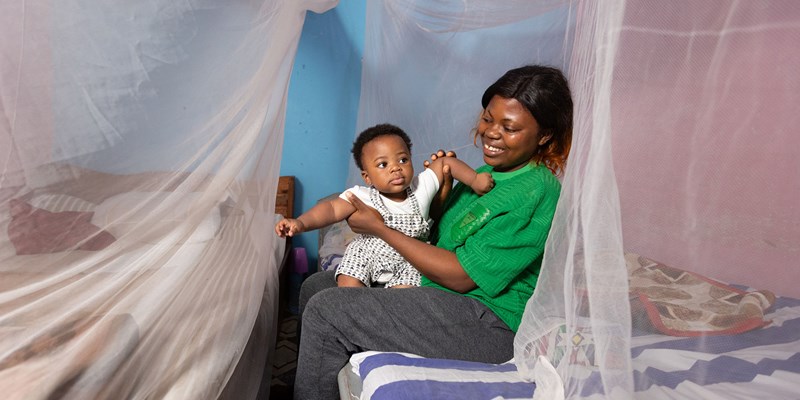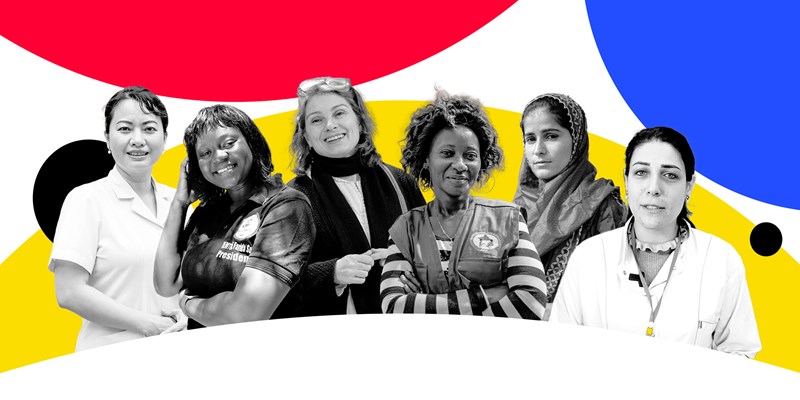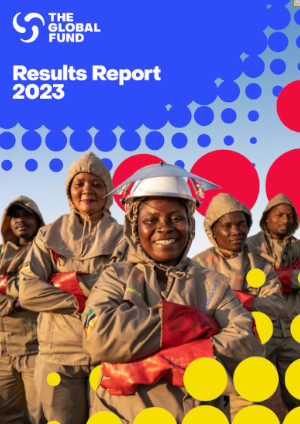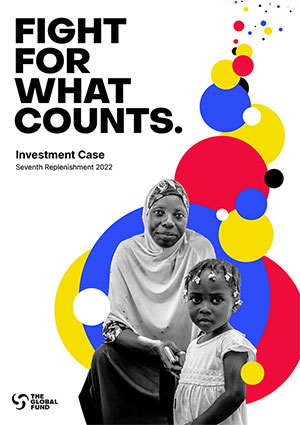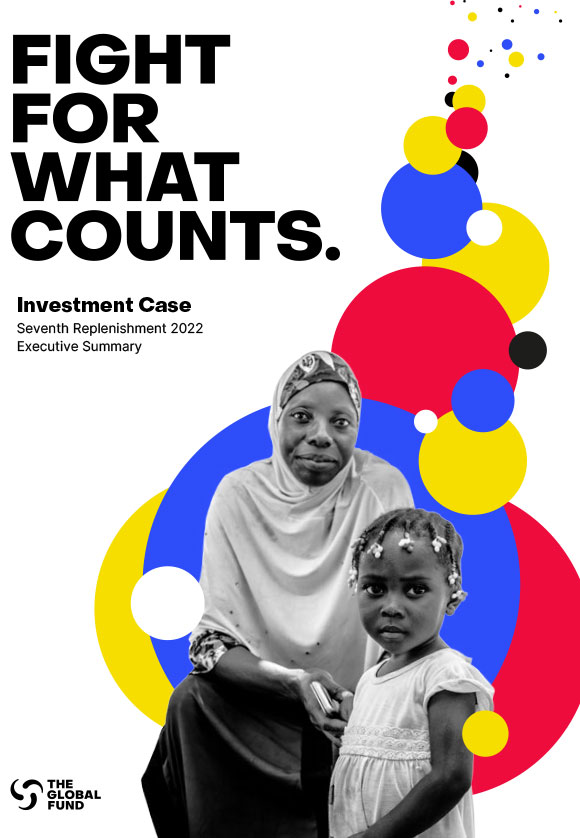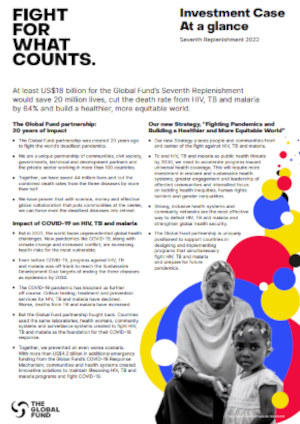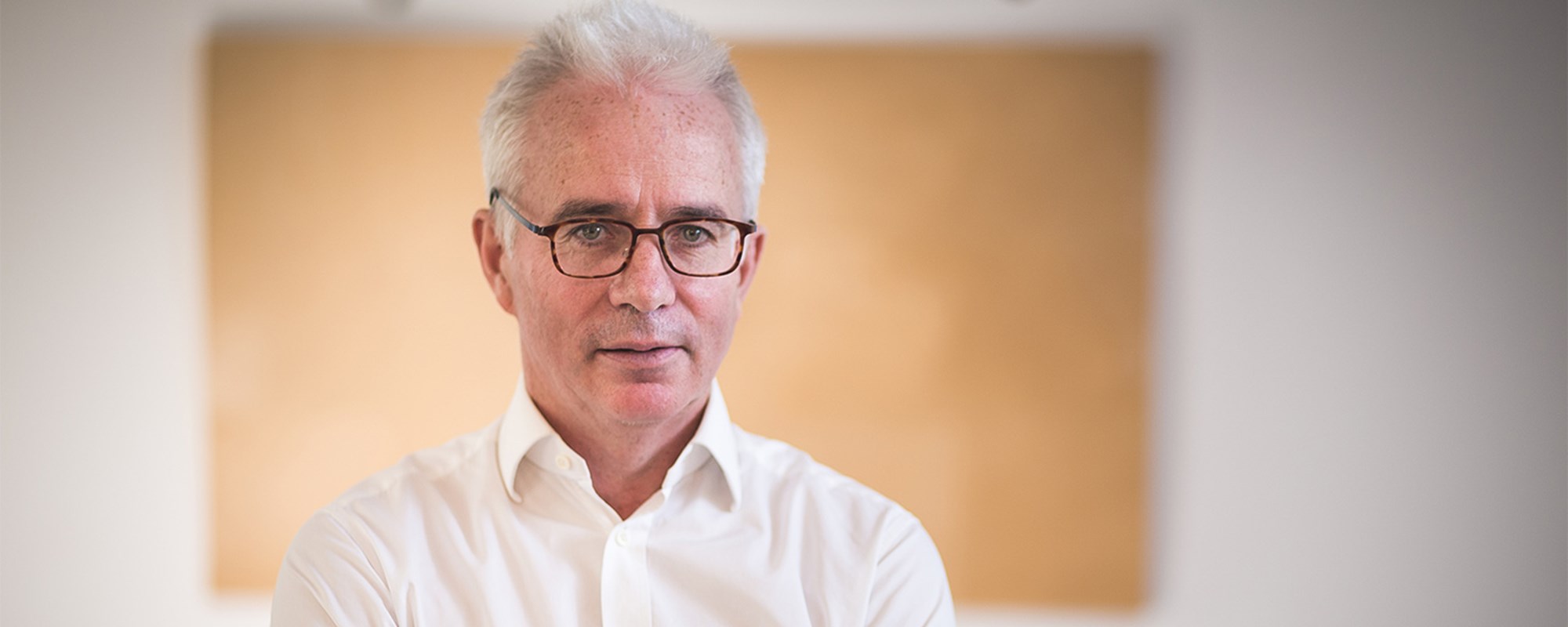

Time to Double Down on Malaria
We have made extraordinary progress in the fight against malaria: Since 2000, deaths have fallen by 48 percent, cases by 18 percent. Yet malaria still kills about 450,000 people a year – including a young child every two minutes. Moreover, the declining trend in malaria cases and deaths has now stalled. We risk a resurgence, and many more deaths. Given what’s at stake, we cannot let this happen.
What will it take to stop this global health menace? We need more innovation, and more money. For example, mosquitos are becoming increasingly resistant to the pyrethroid insecticides most commonly used on bed nets. So the Global Fund is partnering with Unitaid and others to catalyze market entry of a next generation of mosquito nets impregnated with new combinations of insecticides.
Another example: seasonal malaria chemo-prevention has untapped potential in countries where transmission is highly seasonal, such as in Nigeria, Burkina Faso, Chad, Niger and Mali. We can save the lives of tens of thousands of children by giving them preventive malaria medicines when the risk is higher. This strategy would also reduce the burden on over-stretched health systems.
Of course, a malaria vaccine could make a tremendous difference, so we are engaged in a broad public-private partnership supporting trials – but an effective vaccine is several years away at least.
All these efforts take money. It’s estimated that $2.7 billion was invested in fighting malaria in 2016, of which the Global Fund to Fight AIDS, TB and Malaria provided about $1 billion. To beat malaria we need to be spending more like $5-6 billion per year. To defeat an infectious disease like malaria you have to hit it hard – and you have to keep hitting it until it’s gone. Between 2000 and 2015, there was significant progress made in reducing the burden of malaria. But since 2015, the trends have changed. In some places, we have gotten tantalizingly close to elimination, only to see malaria resurge as attention and funding falls away.
It’s not that the challenge isn’t recognized. The UK announced on 17 April an additional £100 million contribution to be matched by private contributions. Yet what will really make a difference is incremental funding from the affected countries themselves. Getting rid of malaria requires sustained investment in health systems and ultimately there’s only so much that can be done from outside. The key to sustainable and resilient health systems – and to defeating malaria – is local taxes being invested in people’s health.
A big funding gap may seem daunting for finance ministers, but the numbers look small when compared with the enormous benefits they unlock. Less malaria means fewer infants and mothers dying, fewer days missed at school or work, more productive workforces, GDP growth, and more stable societies. Each year, malaria costs the African continent billions of dollars, and in some high-burden countries it can account for as much as 40 percent of public health expenditure. The World Health Organization estimates that US$4 trillion in economic gains would be generated by eliminating malaria by 2030. Regions that have decreased malaria have seen five times greater economic growth than regions endemic with malaria.
These are compelling, hard-nosed economic reasons for ridding the world of malaria. So the global health community needs to get equally hard-nosed about finding the money. That means talking about tax and budget priorities. As a percentage of GDP, current levels of government spending on health in many of the most affected countries fall far short of what would be required to deliver a resilient health system providing universal access. This is partly because the overall tax take is far too low, and partly because health gets too small a share of the government budget. To conquer malaria – as well as HIV and tuberculosis – we must fix this.
As a public-private partnership and the largest source of funds to fight malaria, the Global Fund is uniquely placed to act as a catalyst in mobilizing the resources required. For example, through co-financing mechanisms the Global Fund has leveraged $355 million of donor funding to generate $2 billion of domestic public funding. Through partnerships with the private sector, we are attracting new flows of funds, strengthening supply chains and improving data systems.
The fight against malaria has been a huge success story in terms of value for money. Millions of deaths have been averted as a result of sustained financing, the expansion of effective control interventions, and innovative partnerships. But now we need to double down. As part of the Sustainable Development Goals, world leaders committed to ending malaria by 2030. That goal is achievable, but only if we act decisively – and now.
This article previously appeared in the Financial Times.
